Ain’t no party like an NYC party, ‘cuz an NYC party don’t stop. Unless the party is more of a fiesta, specifically the 2011 Ford Fiesta, and you mire it in bumper-to-bumper traffic. The party at the very least slows to a crawl at that point. No worries, though, since the Fiesta is specifically designed for the urban stop-and-go environment, giving the driver plenty to work with on the side roads and in the gridlock.
The Fiesta has existed in some form throughout Europe and Britain since the mid 70’s, and in recent history has cemented itself in the milieu of inexpensive sporty hatchbacks like the Vauxhall Corsa and the Volkswagen GTI. Next year, the sixth generation will make an appearance on our side of the pond, intent on making its presence known. I had an opportunity last September to drive the euro-spec version around a handling course, and while I found that to be enjoyable, there was little else to do but make assumptions as to how the U.S. product would function on the city streets it was made for and the suburban roads it will eventually encounter. This time, the Fiesta, freshly emigrated and with its U.S. specs, was in New York, so I thought I’d take the opportunity to take it on the 10-cent tour of some sights.
On the outset, the Fiesta has an engaging stature that looks aggressive but still approachable. In the front shares some design cues with the Fusion and Taurus, like the trapezoidal grille while accompanied by two slots that house LED parking lamps. The kinetic design of Ford’s aesthetic philosophy of late is present here, and the lines of what could easily have been a bulbous econo-box come together to make a c-segment car that turns heads on almost every street.
The car is propelled by a 1.6 liter I-4 engine that gins up 120 HP at 6,350 rpm, a decent output provided by the Twin Independent Variable Camshaft Timing (Ti-VCT), technology that’s giving Ford’s latest engines punch without the price (that price being an MPG of 30/40 city/hwy). Off the line, the Fiesta isn’t a powerhouse, but the pep is there when you need it once you get rolling. At low or high speeds, the ride feels comfortable on the variety of surfaces we were rolling over, and the cabin was quiet enough to keep the urban madness out, yet keep it audible enough to make us aware of what was going on. This came in to play quickly as our joy ride came to a halt in the form of west side traffic. Stop and go. Speed up, slam on the breaks, zone out and then snap back to awareness to avoid the car who slammed on his. I’m quickly reminded of why I take the train.
While languishing, it was a good opportunity to get a sense of what was going on inside the car. With the Fiesta being laden with myself and two passengers, the interior capacious and there was no sense of anyone feeling cramped. Eyes immediately focus on the center console that very symmetrically arranges all the inputs and selection buttons for various stereo and phone functions. Your learn quickly that everything you may want to access is in one spot, yet arranged in a way that it isn’t confusing. A separate set of controls on the steering wheel also give you more options and makes selecting while driving easier.
It occurred to us that this would be a perfect opportunity to see the SYNC AppLink in action. As we’ve mentioned before, AppLink connects the car to your smartphone and gives you hands-free access to many of the apps. We were able to easily pair a phone to the device and pull up some Pandora radio channels, flip through some bookmarked pages, and even “thumb up” some stations we liked without touching the phone (or anything apart from the voice command button). While interesting, it wasn’t unusual to hear radio, no matter what source, in the car. Bringing up OpenBeak and having the car read you twitter feeds, however, was wild. I’m unsure how much an individual can stand the robotic text-to-speech voice, but having that available to break up the dullness of a daily commute is a very compelling option.
A break in the traffic presents itself and, even though it takes us out of the way of our destination, I’ve had enough of sitting around. City streets are constantly shifting obstacle courses, and the Fiesta is well equipped to make its way through. The side streets we happen upon are narrow and active. Cars pulling out of garages, cross traffic and people going about their lives clutter our path, but the Fiesta has little trouble skirting them all with ease. Response is good with the electronic power assist steering (EPAS), and the front independent suspension and rear twist beam feel as nimble as the counterpart I threw around the track last year. Visibility is good for the swirling bustle surrounding us, complemented well by the integrated spotter mirrors that provide the driver with a wider range of sight that saved one zippy bicyclist from getting very intimate with the Ford.
At the end of our ride it seemed like the Fiesta and the city were a perfect fit: Its previous generations were well established in Europe, the car has enough bravado and conforms well enough to survive, yet retains plenty of its foreign heritage that it will enrich the culture here and impress everybody. This car is New York.
The 2011 Ford Fiesta has a base MSRP of $17,120 but you can get a well equipped model for just under $20,000. Expect to see it make the rounds late this summer.
Words By – Alex Kalogiannis
Photos By – Jon Rouzier

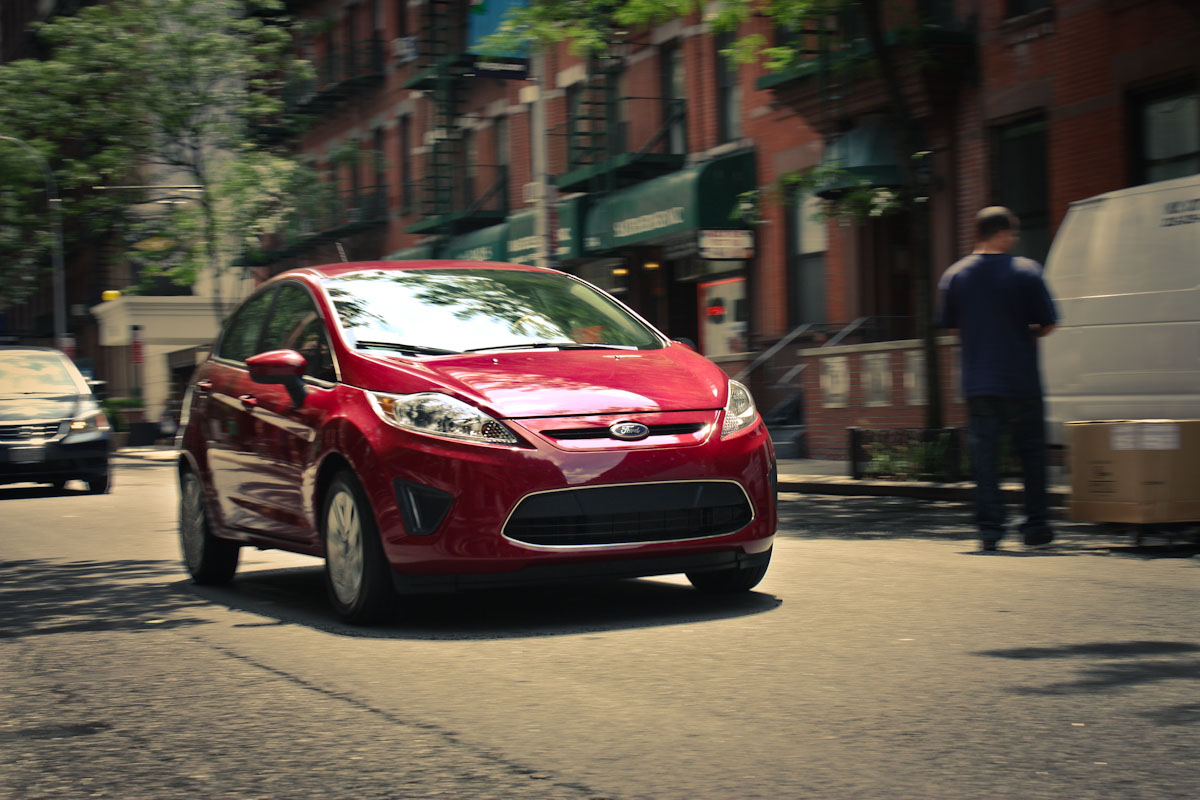
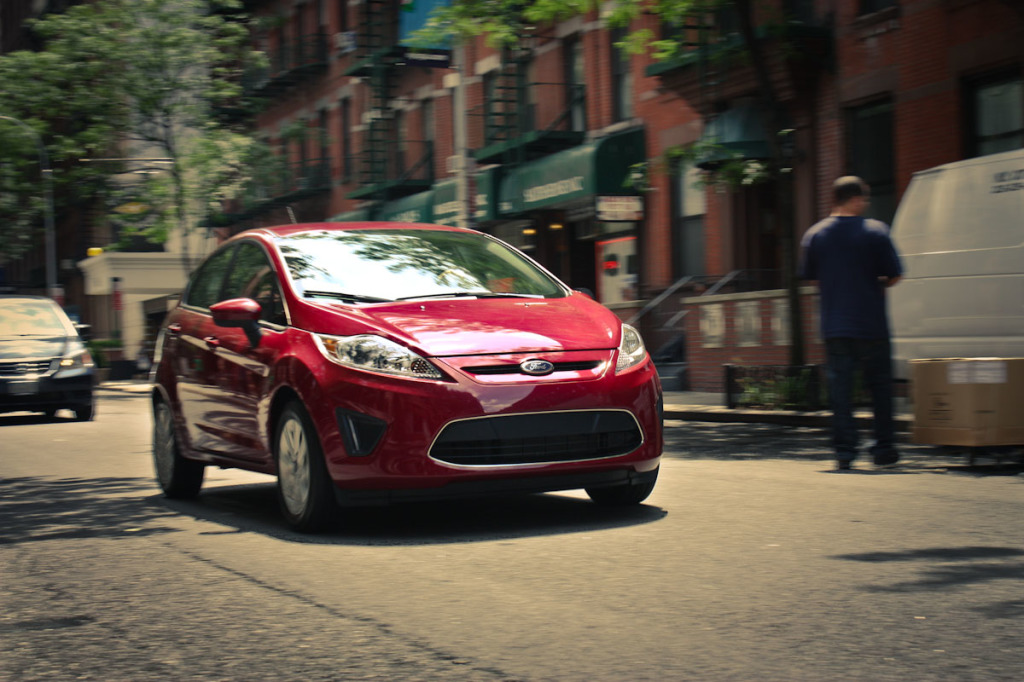
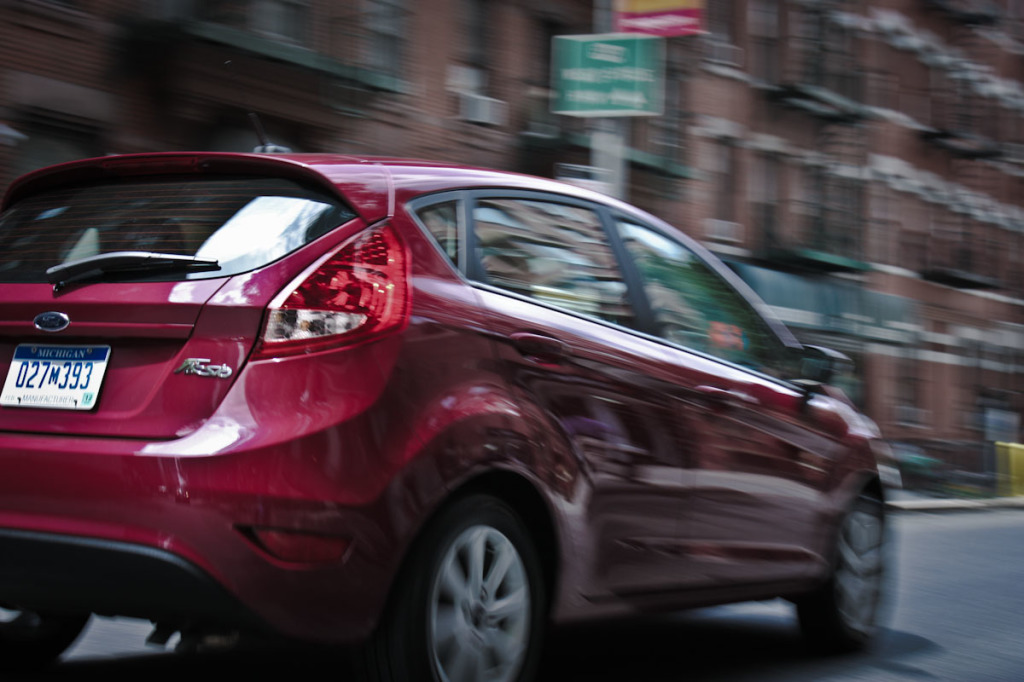


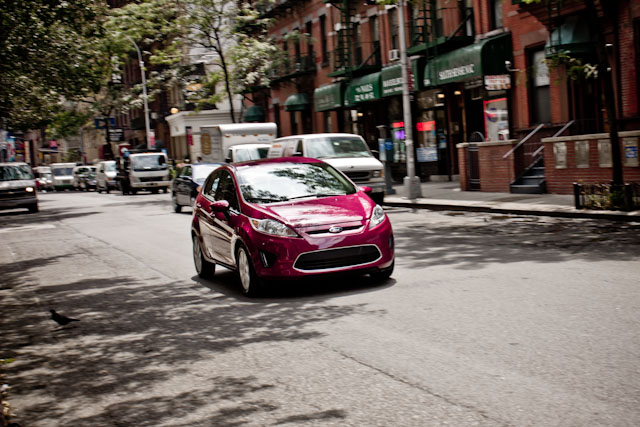

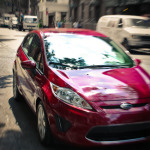

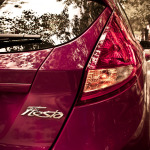
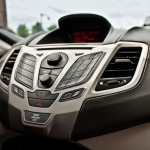
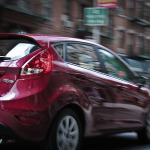
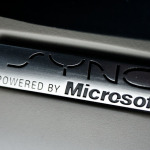


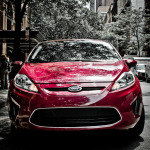
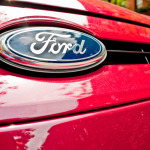
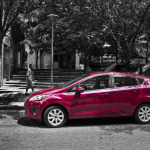
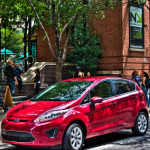
One thought on “First Drive: 2011 Ford Fiesta”